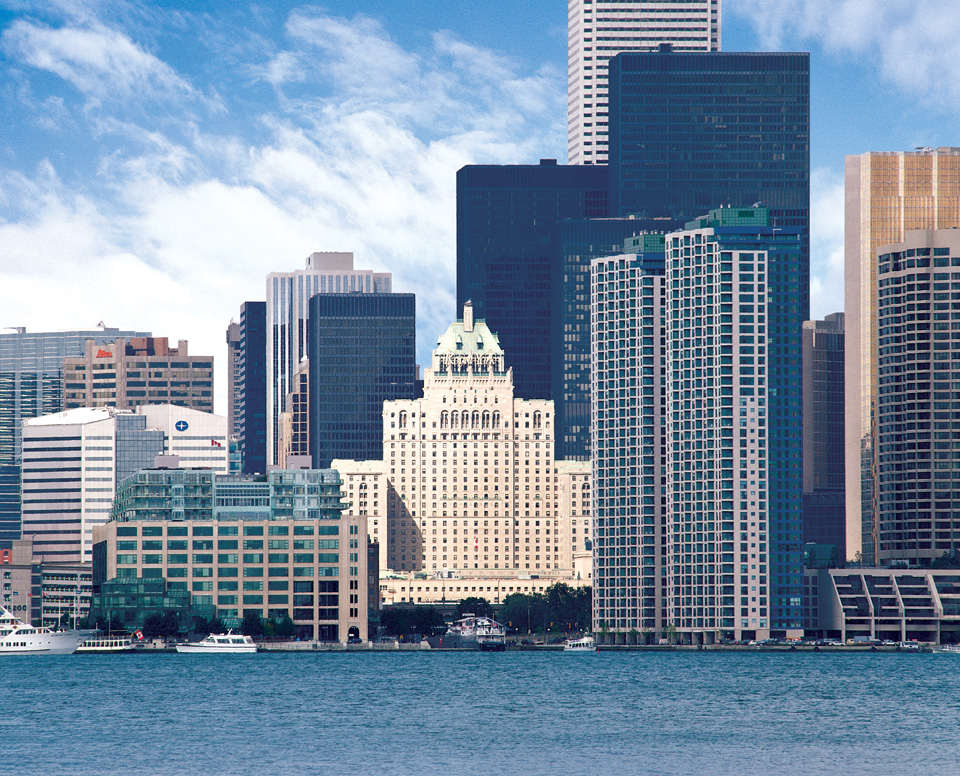Air Rights Explained

There are “air rights” and then again there are “air rights”, and of course they are two completely different things.
So, let’s deal with the two concepts:
1) common law air rights, and
2) zoning air rights.
Common Law Air Rights
Actually, these are probably the types of rights that would easily come to mind. They involve your rights as a property owner to use, have, or restrict the use of the air that is above your property. It is easy to understand your property rights at surface level, but what happens when you go higher and higher?
There would appear to be several matters to take into consideration, and you have the right at common law to:
1) build or construct buildings above the surface of your property,
2) restrict others from building above the surface of your property,
3) receive and breathe fresh air that is not polluted,
4) view the sunlight in an unobstructed fashion,
5) receive transmission by various wavelength varieties (radio, television, satellite, x-ray, infared, sound etc.)
6) prevent others from travelling in the air space (well, not too low) above your property,
7) remove limbs from trees that enter into your air space,
8) attend to the removal of limbs of your trees encroaching the air space of your neighbours,
9) require the removal of an eavestrough or other encroachment that might exist above the surface of your property.
The above matters are not intended to be an exhaustive list. There still may be other rights because the common law is always evolving.
Zoning Air Rights
When you hear discussion about “air rights”, these types of rights are commonly the subject. In fact, they are not “air rights” at all. They represent the transfer of an entitlement to construct a building in accordance with the provisions of the local zoning by-law.
So, here’s how they work. Let’s assume a developer wishes to construct a substantial office building. The local zoning by-law permits 12 times coverage. That means that if the developer buys a property which has 10,000 square feet of space, he could then build an office building that was 120,000 square feet. Naturally, he would still have to comply with the appropriate height and setback requirements.
What happens to the neighbourhood? All the short buildings get torn down and replaced with new taller buildings. Skyscrapers are incompatible with old historic buildings! That happened in the ‘50’s and ‘60’s. But, that just isn’t good town planning.
The result was a rather innovative approach that was used to help preserve the older historic buildings in downtown urban areas. The 10,000 square foot lot that is immediately adjacent to the potential skyscraper now has value. If you tore it down, you could build a 120,000 square foot building on site. Let’s assume that there is already a 10,000 square foot historically and architecturally significant building in place. This leaves 110,000 square feet of undeveloped potential leftover.
Now, the trick is to sell that 110,000 square feet of potential building entitlement (pursuant to the zoning by-laws), to the developer of the office building. He can build 12 floors on his own. Now, he can build another 11 floors, so that he has a 23 storey building. Due to setback requirements, he might only use one half of the land footprint, and provided he does not exceed the maximum height limitation, he would then be able to construct a 46 storey office building. Perhaps, it’s not quite a skyscraper by today’s standards, but that’s the way the scheme goes.
The “air rights” (in this context) are really “unused development potential”. They are transferred from one property owner to another. The historic property is then “downzoned”, so that the air rights cannot be sold again. In many municipalities, the building to be preserved is provided with an “historic designation”. This restricts the use of the property in the future. The intent is to preserve historic buildings in downtown areas, and provide for their increase in market value.
A case in point, would be the National Club on Bay Street in the heart of Toronto’s financial district. The air rights were transferred to Scotiabank so that it could build a bigger and better ScotiaPlaza.
Just remember, when you are walking along Bay Street that buying the National Club, only to tear it down and build your own skyscraper won’t work.
Brian Madigan LL.B., Broker
www.OntarioRealEstateSource.com
